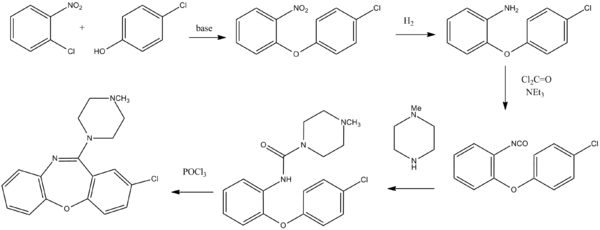U.S. men seeking a generic version of Viagra (sildenafil citrate) - the first and the most popular prescription drug for Erectile Dysfunction (ED) - are going to have to wait for a few more years. Viagra's patent, originally scheduled to expire in late March of 2012, has been extended to April of 2020. That's good news for the manufacturer, Pfizer, Inc., of course, but it's also good news for patients suffering from Erectile Dysfunction.
There has been a lot of informed speculation in recent years about what would happen when Viagra finally did become available in generic form. Acclaimed pharmaceutical industry observer and reporter Jim Edwards has written about that issue for this site (links are below). Several drug companies were poised to leap on the opportunities presented by the expired patent - most notably, Teva Pharmaceuticals, which gained tentative approval from the Food and Drug Administration (FDA) to market a generic version of Viagra.
In March of 2010, however, Pfizer sued Teva for patent infringement, based on a second Pfizer patent which runs until 2019. This second patent is sometimes referred to as a "method-of-treatment patent." Pfizer argued that even though sildenafil was to come up for grabs in 2012, Pfizer should retain exclusive rights to market it as an ED treatment until 2019. Pfizer ultimately prevailed against Teva in a 12-day bench trial held in the summer of 2011, and it was declared that the company's Viagra patent would stand solid through 2019.
Early in 2012, Pfizer was granted an additional six months of U.S. patent protection for Viagra, because the company is studying the effect of another one of its products containing Viagra's active ingredient, sildenafil, in children with pulmonary hypertension. With this latest development, Pfizer's patent for Viagra stands through April of 2020.
Consequently, there is still no legal "generic Viagra" available in the United States - despite what some online advertisers claim - nor is there an over-the-counter (OTC) version of this drug yet. Prescription Viagra, the "little blue pill," remains the only legal option for U.S. shoppers seeking the proven ingredient sildenafil as a treatment for Erectile Dysfunction.http://www.accessrx.com/research/viagra-patent-expires/
















